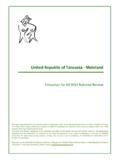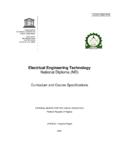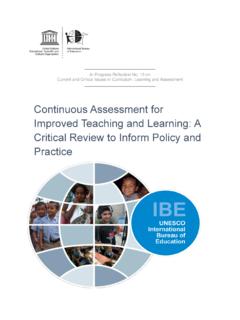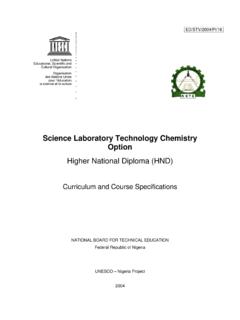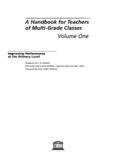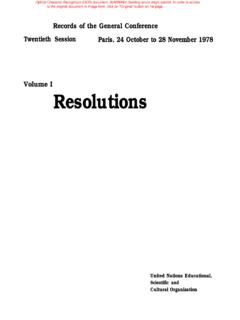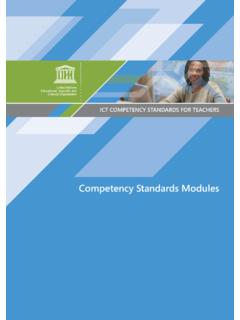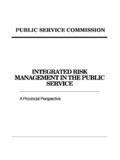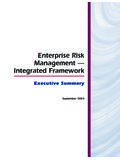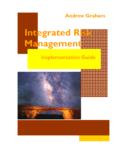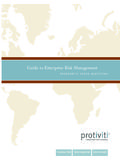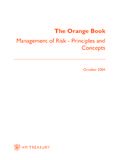Transcription of Risk Management Training - UNESDOC Database
1 Bureau ofStrategicPlanningUnited NationsEducational, Scienti c andCultural OrganizationRisk Management TrainingHandbookRisk Management TrainingHandbookBureau of Strategic PlanningThe ideas and opinions expressed in this publication are those of the author and do not necessarily represent the views of designations employed and the presentation of material throughout the publication do not imply the expression of any opinion whatsoever on the part of UNESCO concerning the legal status of any country, city or area or of its authorities, or concerning its frontiers or in 2010 by the United Nations Educational,Scientifi c and Cultural Organization7, place de Fontenoy, 75352 PARIS 07 SPComposed and printed in the workshops of UNESCOC over photo: UNESCO Headquarters in Paris The renovated Fontenoy Building Flags during the 35th General Conference of UNESCO.
2 Michel Ravassard UNESCO 2010 Printed in FranceBSP-2010/WS7 Risk Management HandbookPurpose and objective of risk Management trainingThe purpose of risk Management Training is to raise basic awareness of risk Management concepts and mechanisms, to enable participants to identify and manage risks in their own units and to strengthen project Management through adequate forward planning of potential half-day Training module on risk Management introduces the defi nition of risk and the purpose of risk Management and discusses steps towards the effective Management of risks . The course goes beyond the provision of generic tools and extends to re-visiting elements of organizational culture, decision making and situational awareness.
3 Practice case studies and exercises are proposed at the end of the Training session, and participants are requested to undertake a mock risk analysis using the methodology described in the the end of the Training session, participants should be able to: Understand UNESCO s approach to risk Management ; Understand how risk Management affects decision-making; Conduct a risk analysis by drawing up a risk profi le and using a risk matrix; Identify risks /uncertainties to achieving a set of objectives and expected results; Prioritize these uncertainties; and Decide how to act on the uncertainties within the framework of project handbook summarizing risk Management methodology and the various concepts discussed during the Training session accompanies the Training module and is designed as a guidebook for future reference.
4 It therefore follows the structure of the Training module and covers a fairly extensive review of risk Management concepts using examples to help develop a general understanding of the subject. It will help participants set up a risk profi le and a risk Management plan for their own units or a follow-up to the Training session, BSP will offer advice on integrating risk Management into workplans and their everyday activities. Risk Management is intended to become an integral element of project Management and a component of results-based Management (RBM).ContentsPART I: Risk Management Defi nitions and Basis Concepts(I) THE PURPOSE OF RISK Management 7 Why manage risks ?
5 Applying risk Management concepts to UNESCO (II) WHAT IS A RISK? 11 Defi nition Risk categories Causes, effects, uncertainty and objectives What risks for UNESCO?(III) WHAT IS RISK Management ? 23 Defi nition Establishing a risk Management culture within UNESCOPART II: Implementing Risk Management (I) STEP I CLARIFY YOUR GOALS AND CRITICAL STAKEHOLDERS 25(II) STEP II IDENTIFY, PRIORITIZE, ACT 26 Identify risks Prioritize risks Act on risks (III) STEP III MONITOR, REVIEW AND COMMUNICATE risks 45 Monitoring and reviewing risks Communicating and reporting Risk Management and results-based Management (RBM)(IV) QUIZZ TEST YOUR KNOWLEDGE 50 PART III.
6 Applying Risk Management to Your Division(I) RISK Management IN UNESCO: WHO DOES WHAT? 52(II) MAJOR risks FACING UNESCO 53(III) EXERCISES: IDENTIFY, ASSESS AND PRIORITIZE risks IN YOUR DIVISION 54 Annex risks Identifi ed by the College of ADGs (February 2008) 597 PA RT IRisk Management defi nitions and basis concepts(I) THE PURPOSE OF RISK MANAGEMENTWhy manage risks ?In this fast-paced world, changing environments and constant innovation ( in science and technology) bring risks in the shape of threats but also opportunities. The huge increase in connections travel and information technologies involves a higher degree of interdependence, which means that stakeholder views become increasingly important.
7 And because information travels faster an organization s reputation is more easily affected for good or bad. Risk taking may be inherent and situational, or selfi mposed through greater ambition: for instance, an enterprise may decide to take more risks to increase its opportunities, visibility and competitiveness. More than ever, high Management standards that take into account existing contexts and risks are required in order to achieve quality and improve risk Management , both in its concept and methodology, was fi rst developed in the private sector, in the international public and not-for profi t sector the need to identify and manage risks is also increasingly called for.
8 The public, Member States and stakeholders demand higher standards through clearer accountability: they are less tolerant of failure, and more skeptical about whether risks are being managed in the interests of end-users/benefi ciaries. In addition, competition has grown among international organizations and NGOs as well as between UN agencies. Coupled with increasing public scrutiny, preserving reputation and trust have become essential, especially at a time of looming economic and fi nancial crisis where every penny Risk Management Handbook 8counts, where funds decrease as competition for funding increases, and where public expectations rise.
9 Demonstrating results, accountability and successes to benefi ting countries, stakeholders and international partners has become increasingly important in maintaining an international organization s rank among the leading agencies, its ability to deliver expertise and added value, and its overall credibility in the international organization has to live with risk. Managing risks well is therefore a vital element of good governance and Management , as illustrated in the fi gure public service values ( codes of conduct)Vision and strategic direction(governing bodies, objectives, stakeholders, context)Benefi ciariesResults and performance=successRisk managementPolicies and strategiesPeople and skillsAccountabilityOversight and evaluationLearning and change managementThe concept of risk Management was only recently introduced in the UN system.
10 In 2005, the Independent Inquiry Committee into the UN Oil-for-Food Programme recommended the Implementation of risk-based planning across the United Nations system .1 The following year, the Review of Governance and Oversight within the United Nations, Funds, Programmes and Specialized Agencies, reiterated this recommendation:1 Independent Inquiry Committee into the Management of the Oil-for-Food Programme, Vol. I: The Report of the Committee, September Effective risk Management is in an early stage within the fi ve UN entities reviewed. Additionally, existing risk Management practices are not yet integrated into governance and Management processes.
